Marble vs Granite: Difference Between these two Materials
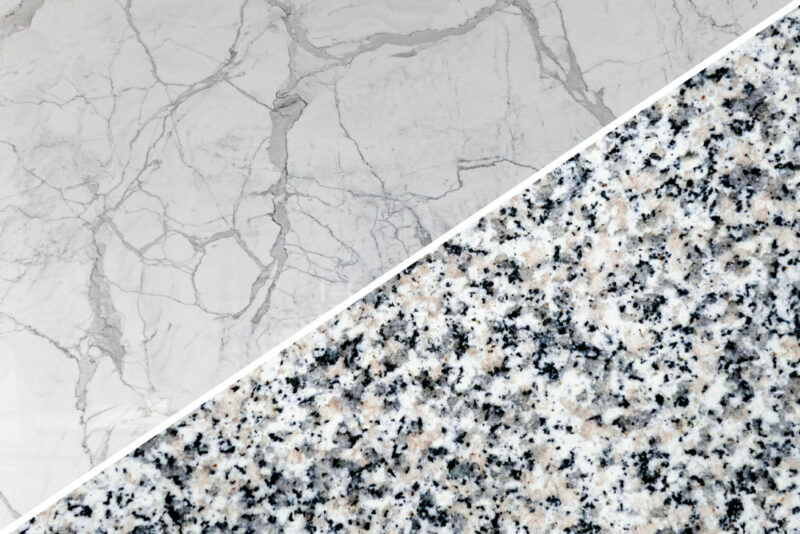
Contents
- 1Difference between marble and granite: how to choose these materials in design
- 2Cultured marble vs granite
- 3Marble vs granite countertops
- 4Marble tiles vs granite tiles
- 5Quartz vs granite vs marble
- 5.1Granite vs marble vs Quartz price for Countertops and Floors and design products
Marble vs granite: in this article we will try to clarify the difference between marble and granite, two wonderful rocks. Both are natural stones extensively used in interior and exterior design, for modern and rustic furniture. They are characterized by high resistance, timeless beauty and versatility: but what is the difference between marble and granite? In order to analyze the granite marble difference, we must focus on three main aspects: geological, chemical and aesthetic difference.
First of all, granite is a volcanic rock formed from molten magma that has cooled slowly over a period of time inside the earth’s crust. This is the reason why granite is mainly made up of silicates, has a grain structure and is harder and more compact. On the contrary, marble is a metamorphic rock mainly made of calcium carbonate which is the result of the sedimentation on the seabed of various materials such as mud, shells, minerals and algae which, over time, following a process of transformation, have become a unique hardened material with a granular and crystalline structure. To simplify the difference between marble and granite, we can say that while marble forms in the sea, granite forms inside the earth’s crust.
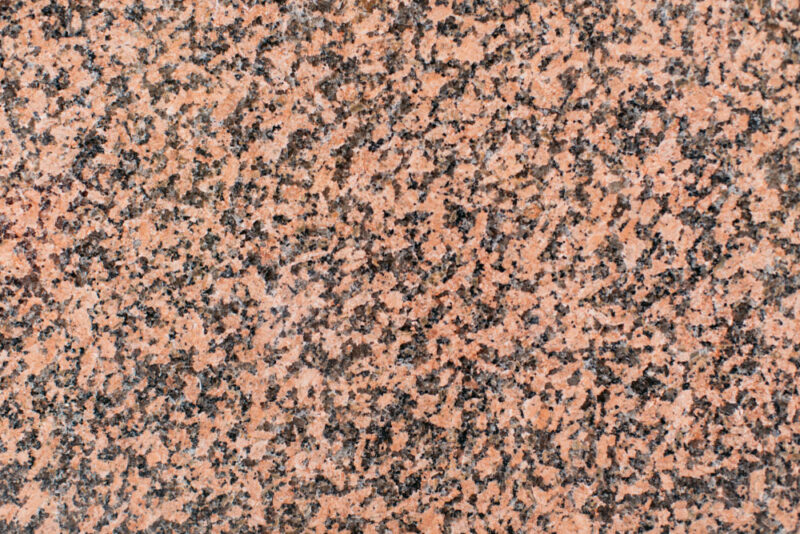
Since granite is rich of silicates, it is tougher and more resistant especially to resistant to acid substances, scratches, wear and atmospheric agents. This is the main reason why granite is preferred in outdoors applications or in places where heavy foot traffic is expected. Yet, the processing of granite is not easy at all as it is cut and broken with difficulty and, in fact, its cost is on average higher than that of marble.
The main difference between marble and granite probably lies in the aesthetic properties. On the one hand, granite is characterized by a particularly recognizable “speckled” effect and its color is determined by the variation in the percentage of minerals (such as quartz, mica, feldspar, amphibole, etc.) contained in the stone. Marble is unanimously considered more fascinating due to its irregular veins and varieties of colors based on its impurities.
Difference between marble and granite: how to choose these materials in design
The chemical-physical characteristics that depict the marble and granite difference also explain the use of these two materials in design. Granite, not being very absorbent and resistant to weak acids, it is largely used for the realization of countertops. Furthermore, granite is a very hard and cut resistant stone: all qualities that make it excellent for use in the kitchen. For the same reasons, granite is perfectly suitable for the production of walkable surfaces such as floors. Nevertheless, for this application granite sometimes does not adequately respond to the aesthetic criteria in vogue today; marble, instead, continues to be the preferred material in the marble vs granite flooring competition.
Another difference between marble and granite in design concerns the production of pieces of furniture. Due to the difficult workability and the change in aesthetic standards, granite has been used less for furniture design compare to the 70s and the 80s when it was more popular. Today, however, it seems that a trend inversion is taking place. This is true also thanks to new types of finish available: with a matte finish, matt granite can beautifully adapt to more contemporary furnishing compared to the typical glossy finish granite. In conclusion, to the question granite vs marble dining table, the Customer’s response may not be so obvious nowadays.
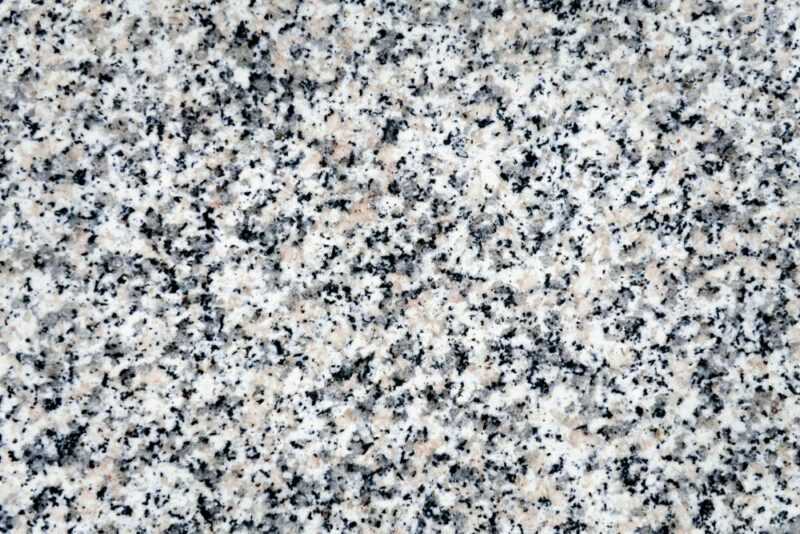
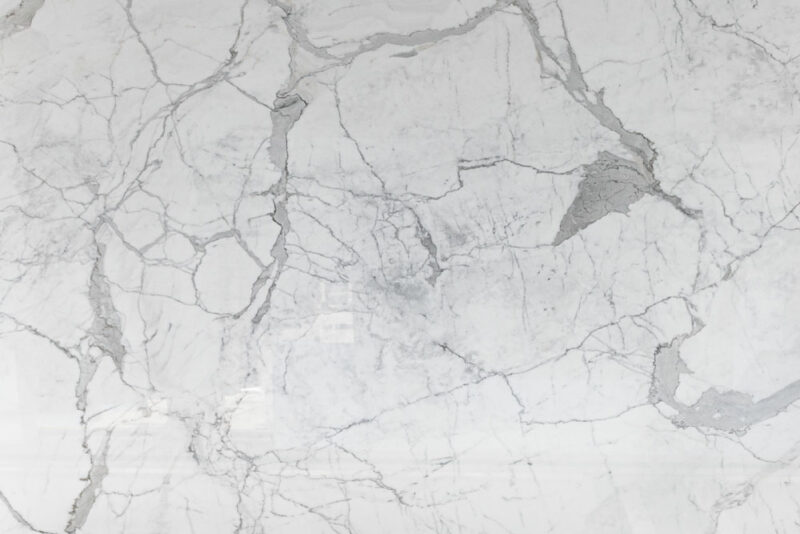
Cultured marble vs granite
Sometimes, when you need to realize a granite countertop, cultured marble is proposed as an alternative. Cultured marble is an industrial product and a type of faux marble which is made by the union of marble dust and a polyester resin. Even if cultured marble is generally a cheaper material which nicely mimics the look of natural stone, it is more durable than marble and it can be easily cleaned, it can still be damaged (ex. chipped, scratched or ruined by excessive heat) and maintenance or renovation operations are quite difficult. When it comes to the choice cultured marble vs granite, natural granite is still the best option as it is more durable, more easily maintained and its appearance has a charm that cannot be artificially replicated.
Marble vs granite countertops

Another quite common dispute in interior design is surely the choice between marble vs granite countertops. We do not believe that there is a better choice between the two materials but, beyond their geological and chemical difference, there are a number of aspects to consider when it comes to marble vs granite countertops. For what concerns durability, both materials are high resistant stones. However, granite is harder than marble and less porous so it is more difficult to get it cut, ruined by heat and stained. Moreover, both materials need regular sealing but marble surfaces require more careful cleaning compared to granite, this to avoid damaging the porous stone. Finally, talking of appearance, marble is unanimously recognized as the most versatile between the two. Marble veining is generally considered more elegant by designers and the infinite varieties offered by marble make this material more easily combined with styles that are also very different from each other, from rustic and traditional to luxurious and hyper-modern spaces.
Marble tiles vs granite tiles
When a floor must be realized, what is the best option? Marble tiles vs granite tiles? As previously mentioned, granite is very tough, scratch and stain resistant, easy to clean and perfect for heavy traffic areas (marble is not really suitable in this case as it may lose shine). However, as regards the creation of floors, marble is a stone that more easily meets the aesthetic taste of designers and customers; granite is mostly used for countertops. Lastly, both marble and granite surfaces are pretty cool and, unless the floor is installed in a very hot area (so that marble or granite can be quite pleasant underfoot), they need to be mixed with other flooring types in order to give warmth. In conclusion, marble tiles vs granite tiles? Whatever you choose, both are wonderful materials and what is certain is that nothing can substitute the natural beauty and elegance of stone.
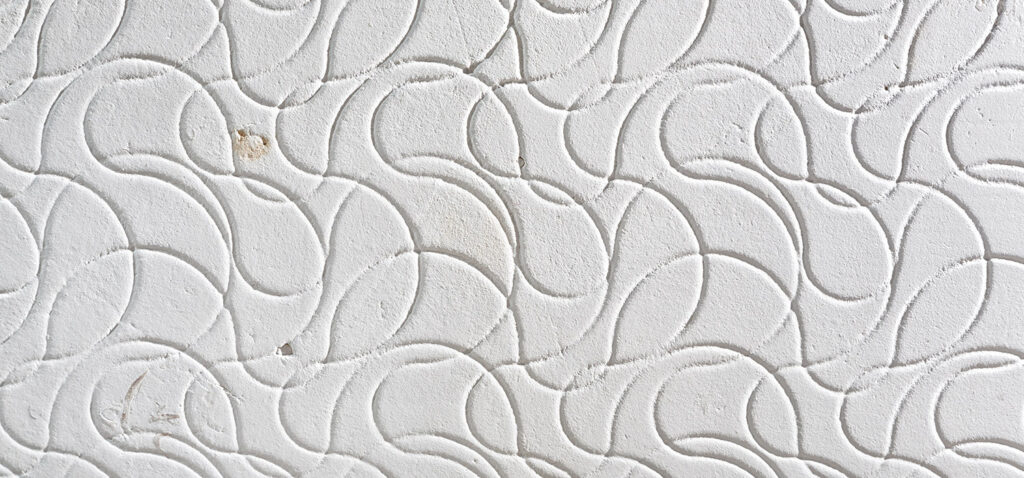
Quartz vs granite vs marble
Other than cultured marble there is another engineered stone which has become in vogue: quartz. Quartz is an industrial material consisting almost entirely of ground natural quartz and a small percentage of polyresin. Since it is a manufactured material, quartz offers a series of advantages especially in the production of countertops: for instance, it is available in many color and style options, it is not porous and it is very durable. On the other hand, quartz cannot be exposed to excessive heat because the resin can easily melt and the surface will be permanently damaged. Quartz can replicate fairly well granite and marble even if it cannot be put on the same level from an aesthetic point of view. Hence, which material will you choose for your next countertop between quartz vs granite vs marble?

Granite vs marble vs Quartz price for Countertops and Floors and design products
If we deal with the subject granite vs marble price, the first one despite the higher processing costs has a general lower price. Marble is one of the most expensive natural stones on the market although the final price depends on many factors including variety, origin, cut and finish. Nevertheless, despite being an engineered stone, quartz is also moderately pricey as compared to the other two materials. In conclusion, talking about marble vs granite vs quartz cost we can generally say that marble is the natural stone with the highest average price while quartz is a more expensive engineered stone compared to cultured marble.
